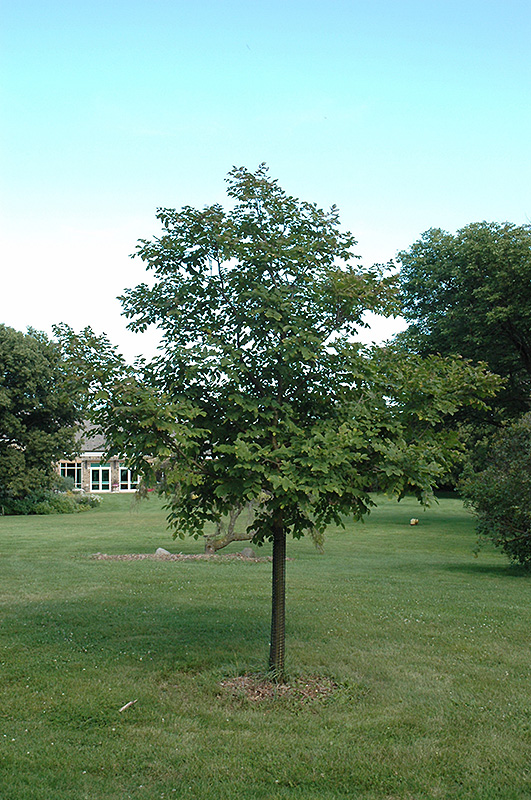Maackia, Starburst Maackia amurensis 'Starburst' Height: 25 feet Spread: 20 feet
Sunlight:
Hardiness Zone: 3a Description: A denser, vigorous and more uniform variety with multi-season interest; compound leaves emerge fuzzy silver, creamy white spikes of flowers in mid-summer when few other trees bloom, and amazing mottled bark add up to a premium landscape gem Ornamental Features Maackia, Starburst features showy spikes of fragrant creamy white pea-like flowers rising above the foliage in mid summer. It has attractive forest green deciduous foliage which emerges silver in spring. The pinnately compound leaves are highly ornamental but do not develop any appreciable fall color. The mottled olive green bark is extremely showy and adds significant winter interest. Landscape Attributes Maackia, Starburst is a deciduous tree with a more or less rounded form. Its average texture blends into the landscape, but can be balanced by one or two finer or coarser trees or shrubs for an effective composition. This is a relatively low maintenance tree, and is best pruned in late winter once the threat of extreme cold has passed. It has no significant negative characteristics. Maackia, Starburst is recommended for the following landscape applications; Planting & Growing Maackia, Starburst will grow to be about 25 feet tall at maturity, with a spread of 20 feet. It has a high canopy of foliage that sits well above the ground, and should not be planted underneath power lines. As it matures, the lower branches of this tree can be strategically removed to create a high enough canopy to support unobstructed human traffic underneath. It grows at a medium rate, and under ideal conditions can be expected to live for 50 years or more. This tree does best in full sun to partial shade. It prefers to grow in average to moist conditions, and shouldn't be allowed to dry out. This plant should be periodically fertilized throughout the active growing season with a specially-formulated acidic fertilizer. It is not particular as to soil type or pH, and is able to handle environmental salt. It is somewhat tolerant of urban pollution. This is a selected variety of a species not originally from North America.![]()
![]()
![]()
![]()
![]()
![]()
![]()
![]()
![]()
![]()
![]()
![]()

